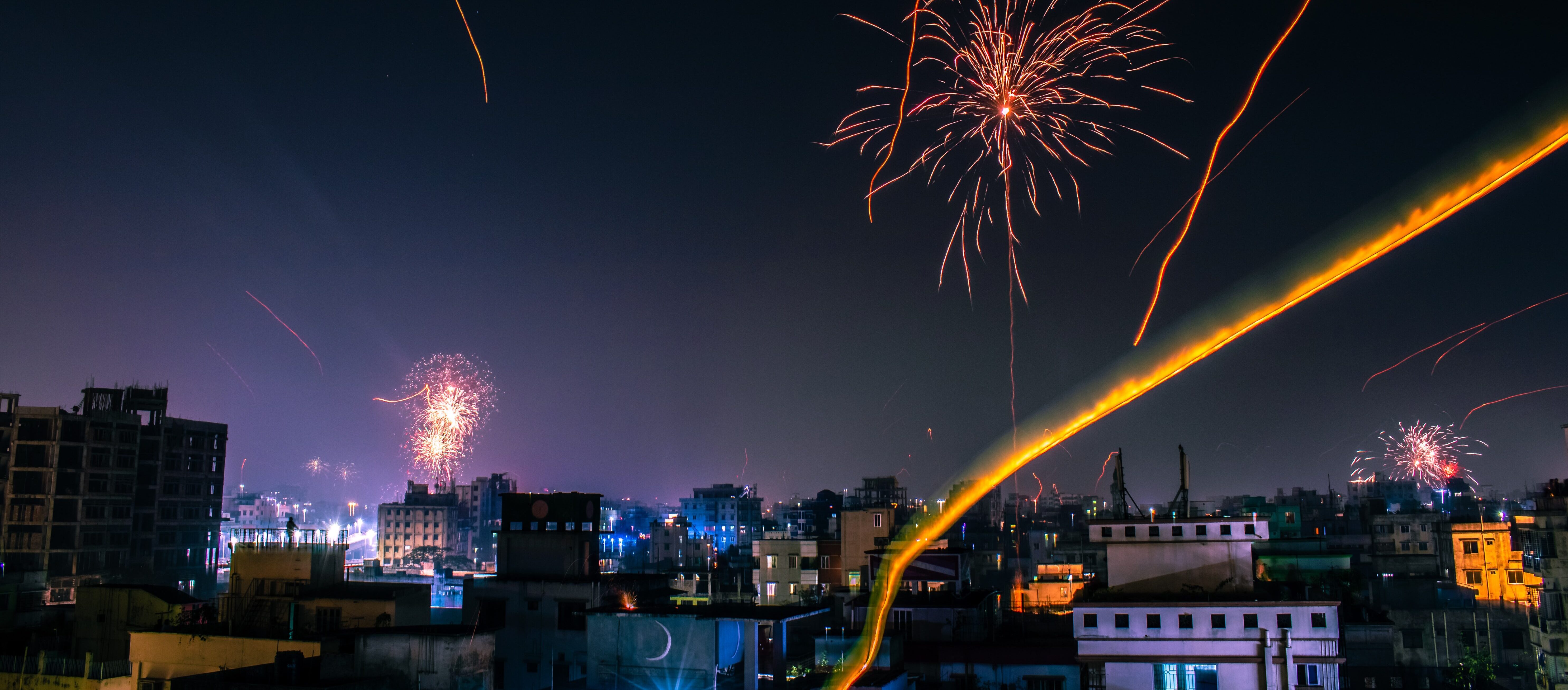
The Depths of a Quiet Soundscape
octobre 21, 2020 — The Big Picture
In March of this year, stay-at-home advisories and the cessation of all non-essential activities were implemented across the globe to alleviate the demands of rising COVID-19 cases on our healthcare systems. Highways once brimming with road traffic were freakishly desolate. Communities that lived directly under flight paths shared with me that their windows didn’t rattle anymore, as the low flying aircrafts arriving and departing no longer plagued their soundscape. Restaurants were closed. Parks were empty. People settled indoors and the world became both eerily and peacefully quiet. For the first time ever, we were able to truly experience what life would be like without so much noise.
As founder and principal investigator of Community Noise Lab at Boston University School of Public Health, the opportunity to explore the depths of this quieter soundscape and its impact on human health was particularly intriguing. And, although I had to close down the majority of our lab’s research projects, including our extensive community-based sound monitoring campaigns throughout New England, the restriction on our research forced me to be creatively resourceful. Community Noise Lab developed the smartphone app, NoiseScore, which allows people all over the globe to objectively and subjectively document their environmental soundscape. To me, this seemed like the best medium to use as it both adhered to social distancing mandates and allowed users from all over the world to collect data and share their unique acoustical experiences during this time.
Many reporters and journalists were interested in this same question and reached out to me for data and/or insights. They wanted to know: How quiet really is it? It’s an interesting question. At the beginning of this global pandemic, it was the one I was most interested in answering, too. However, after looking through NoiseScore responses and speaking to a variety of community residents, it was apparent that it wasn’t the most meaningful question.
As a person who grew up both poor and black, I have always had a problem with the term quiet. It always seemed like a kind of power that not everyone can exert. Still today, it seems like a type privilege, afforded to a select few. It seems too much like saying shut up. As a noise researcher and community activist, I’m interested in peace, which requires dialogue, a two-way street, and compromise. And sometimes, peace can actually be quite loud.
I am trying to raise awareness about our poorly designed cities and how they contribute to an excessive amount of acoustical garbage being dumped into communities that don’t have the power to fight back; our general apathy regarding noise issues and its impact on human health; and an understanding that environmental noise isn’t a tradeoff we have to accept. The reality is, it wasn’t quiet everywhere during the pandemic. The Fourth of July season was overshadowed by the global COVID-19 pandemic and mounting national unrest from police violence and subsequent protests for Black Lives Matter (BLM) creating an unprecedented noise exposure dynamic. As many as 80 percent of public fireworks displays in the US were cancelled for social distancing concerns, potentially leading to an increase in at-home pyrotechnics. The increase in urban fireworks noise during the 2020 COVID-19 and BLM focused summer stirred up a number of theories about fireworks as a form of protest rather than celebration. In Boston alone, illegal fireworks activity increased substantially and noise complaint calls made to 311 and 911 were up 5,543 percent in June 2020 compared to June 2019.
I decided to spend my time with a group of city officials and concerned residents trying to combat the fireworks problem. I wanted to tackle and understand the mental and physical health impacts of this noise on the city‘s most vulnerable residents which includes veterans, Boston Marathon bombing victims, and neighborhoods inundated with gunshots, which sound a lot like fireworks. Together, we created a task force, of which I am immensely proud.
We all started out wanting to know how quiet our soundscape became as a result of the global pandemic. However, the journey taken to understand the answer made me realize the importance of asking (and trying to solve) the right questions in the places where the answers matter most.
Photo by Sadiq Nafee on Unsplash